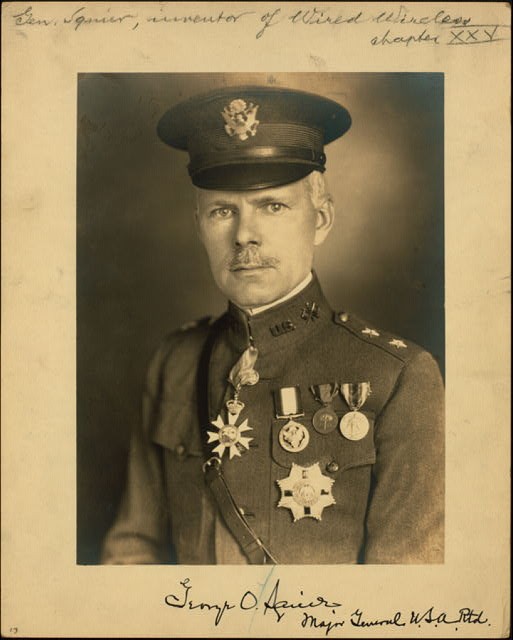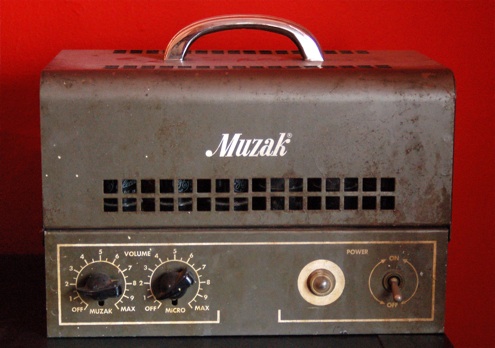History Schmistory: December 7. “We’ve been expecting you”
Wednesday, December 7, 2022
1995: The Galileo spacecraft arrives at Jupiter more than six years after it was launched by Space Shuttle Atlantis. Jupiter bakes a cake.
History Schmistory: December 2. Hubble Trouble.
Friday, December 2, 2022
1993: NASA launches the Space Shuttle Endeavor on a mission to repair the damaged Hubble Space Telescope, and, of course, terminate the culprits…
History Schmistory: November 21. News from the Prince of Patents.
Monday, November 21, 2022
1877: Thomas Edison announces his latest invention, the phonograph, the first instrument able to reproduce a recorded sound, and one of the few inventions Edison might actually deserve a little credit for.
History Schmistory: November 17. Not your ordinary cat toy…
Thursday, November 17, 2022
1970: Douglas Engelbart successfully patents the computer mouse. His patent for computer cheese is still pending.
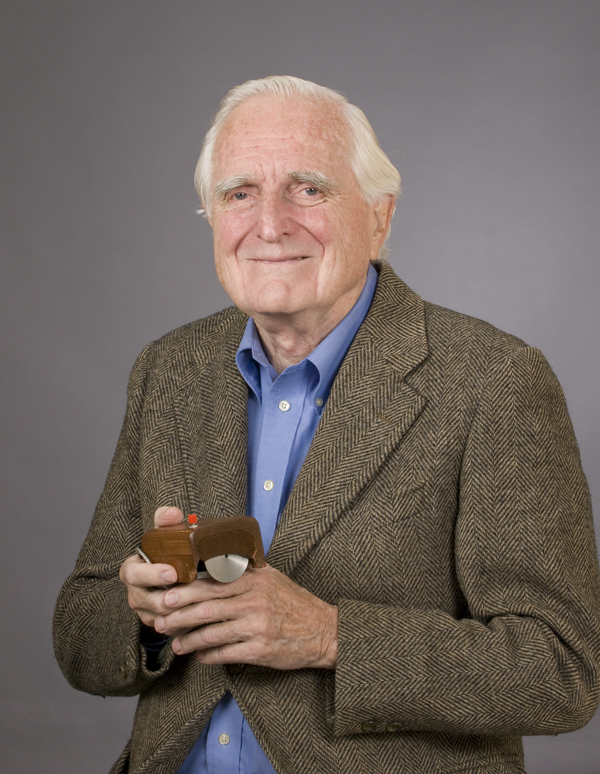
By SRI International (SRI International) [CC BY-SA 3.0 (http://creativecommons.org/licenses/by-sa/3.0) or GFDL (http://www.gnu.org/copyleft/fdl.html)], via Wikimedia CommonsBy SRI International (SRI International) [CC BY-SA 3.0 (http://creativecommons.org/licenses/by-sa/3.0) or GFDL (http://www.gnu.org/copyleft/fdl.html)], via Wikimedia Commons
History Schmistory: November 11. Coooold-snap!
Friday, November 11, 2022
1911: Apocalyptic expectations went wild the last time we saw an 11/11/11, as The Great Blue Norther, a cold snap that produced record highs and lows on the same day, barreled through the central US, leaving much of the bewildered population with contrasting habiliments.
History Schmistory: November 8. Rays of Hope.
Tuesday, November 8, 2022
1895: Wilhelm Röntgen discovers the X-Ray almost completely by accident. And that’s when the fun began!
History Schmistory: October 13. Speaking of Galaxies…
Thursday, October 13, 2022
1773: The Whirlpool Galaxy is discovered by Charles Messier (‘s awesome telescopes.)
History Schmistory: October 10. What about Spaceland Security?
Monday, October 10, 2022
1967: The Outer Space Treaty, signed by over sixty nations including the US, the UK and the Soviet Union, becomes official. It serves as a binding promise to keep space open for everyone to explore, and to not use it to store and/or fire weapons of mass destruction. Many feel the agreement only makes it easier for outside forces to take advantage of the opportunity.
A Name You Should Know: Bill Lear
Friday, September 30, 2022
Most people who do know the name, credit him as the developer of the luxury aircraft, the Learjet, but there are plenty of even better reasons to sing the praises of Bill Lear. Anyone who listens to music in their vehicles must give him credit for inventing the first car radio and then the eight-track tape player. Not enough for you? OK, then, he also basically invented radio navigation AND autopilot technology. On top of that he even had a great sense of humor. He named his daughter Shanda… Shanda Lear…Â brilliant!!
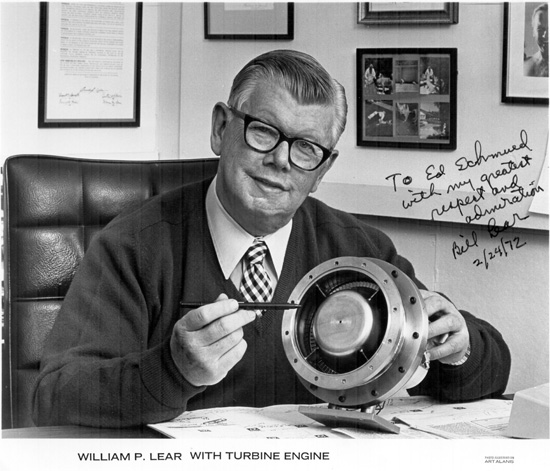
A Name You Should Know: George Owen Squier
Monday, September 26, 2022
As an executive officer of the US Signal Corps, George Owen Squier helped the Wright brothers with their first airplane, and was even its first passenger. From there, he secured the first purchase of US military planes, launching a new ‘Aeronautical Division’ for which he was Major General during WWI. But that’s not even the coolest thing he’s done. George was also a wizard with electricity and radio technology, holding over 60 patents to his name. He invented multiplexing, which allows multiple signals to be transferred at once through a single wire, paving the way for new possibilities in telecommunication. He invented wired radio, or as he called it, “wired wireless”, as a replacement for the unreliable home radios of the era. Though it never became a household commodity in his time, (any of us with cable TV certainly owe him a tip o’ the hat) George wasn’t deterred by this minor setback. Instead he convinced businesses that piping music through their establishments would increase sales and productivity. He was right. Soon businesses across the US were playing music not through a single radio in the corner, but in several locations throughout their sotres and workshops, thanks to wired radio. His name for this new technology?
Muzak! That’s right, George Owen Squier is responsible for that cheesified version of Goodbye Yellow Brick Road you can never seem to get out of your head… Well he was still pretty awesome.


![By NASA/Kim Shiflett [Public domain], via Wikimedia Commons](http://www.teammarcopolo.com/blog/wp-content/uploads/2014/12/401px-STS-127_Launch_Pad_39A.jpg)
![By Levin C. Handy (per http://hdl.loc.gov/loc.pnp/cwpbh.04326) [Public domain], via Wikimedia Commons](http://www.teammarcopolo.com/blog/wp-content/uploads/2014/11/Edison_and_phonograph_edit1.jpg)
![By Adriano Agulló [CC BY 2.0 (http://creativecommons.org/licenses/by/2.0)], via Wikimedia Commons](http://www.teammarcopolo.com/blog/wp-content/uploads/2014/11/800px-Barcelona_snowfall08032010.jpg)
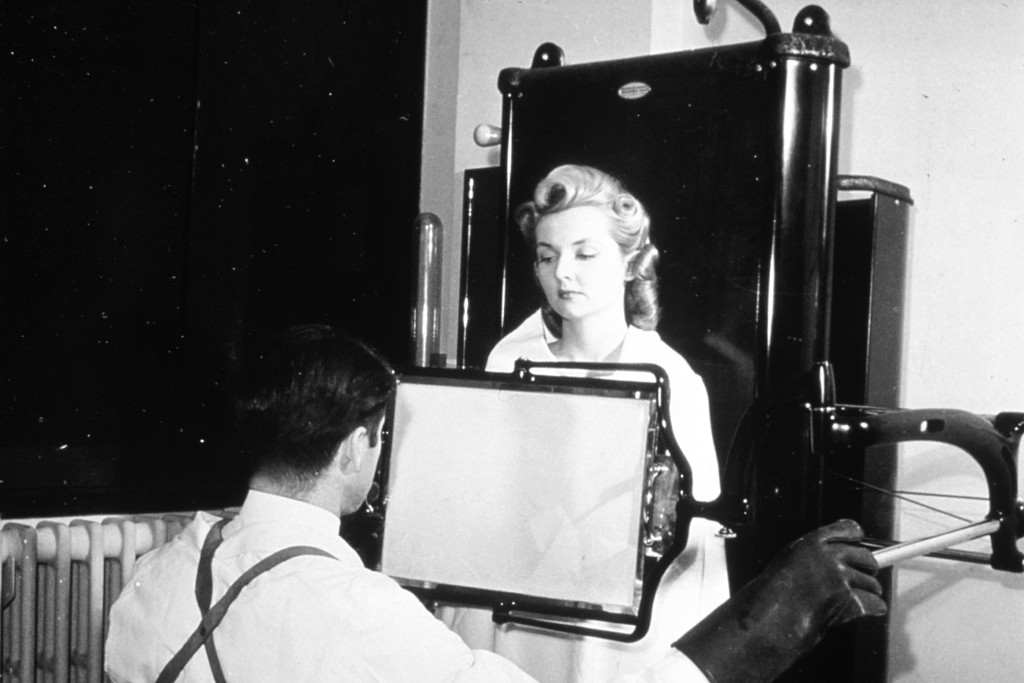
![By NASA and European Space Agency [Public domain], via Wikimedia Commons](http://www.teammarcopolo.com/blog/wp-content/uploads/2013/10/800px-Messier51_sRGB.jpg)

